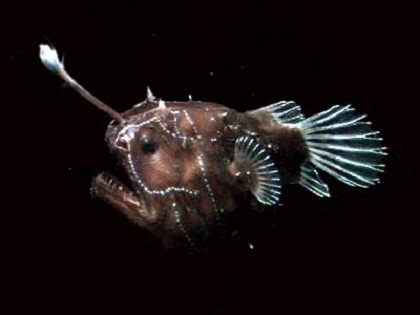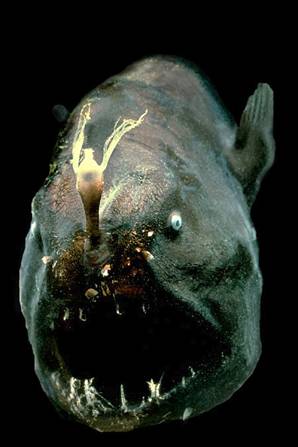
These days, the Golden Retriever doesn’t hunt as much as it used to, but it still retains the skills that made in a successful hunter. These dogs even developed water-repellent coats and webbed feet to help them retrieve waterfowl. Used as working and hunting dogs, the Golden Retriever breed originated in Scotland in the mid-18th century, where it would hunt and retrieve small felled game during hunting trips.

When it comes to the perfect family dog, it’s hard to go wrong with a Golden Retriever. Read on to learn more about the Golden Retriever. And although the breed differs slightly from Britain to North America, there’s no change in its friendly and loving disposition. If you’re looking for a watchdog, you’d best go with another breed – since the Golden Retriever is so friendly, it will want to play with strangers, making it a poor choice for guard duty.īecause this breed is so smart, Golden Retrievers make excellent guide and service dogs. Wonderful around children of all ages, this breed is the ideal companion for most dog lovers. Obedient, good-natured, intelligent, eager to please and eager to learn, the Golden Retriever is also known for its friskiness – you’ll find that it never loses its joy for playing. First bred for hunting, the Golden Retriever has made a natural progression into a wonderful family pet. There is the potential for wide variation in color, even within a single species. While some frogfish are quite drab, many species exhibit bright colors like yellow, green, and red, often with black or colored spots to aid in their camouflage. They are most common in the Atlantic, Pacific, and Indian Oceans as well as the Red Sea. The species known as frogfish are all members of the family Antennariidae which is sometimes known as the anglerfish family.įrogfishes can be found in all parts of the world in subtropical and tropical oceans and seas, though they are not found in the Mediterranean Sea. If you do plan to keep anglers with other fish, make sure they are non-aggressive and not small enough to be viewed as prey. Most species range from 1 to 15 inches in length and many of them are peaceful by nature, though some can be semi-aggressive. For the most part, frogfishes (also known as anglers) are small with short and stocky bodies that are sometimes covered in spinules and myriad appendages to act as camouflage. The species known as frogfish are all members of the family Antennariidae which is sometimes known as the anglerfish family, especially in Australia. Photo credit: Daniel Dietrich/Flickr Kinosakimarinwarudo The male will also gradually shrink in size to enable the female to function without a great deal of hindrance to her movements.Īssorted, Orange, Sargassum, Striated, Wartskin, etc. When this happens, the male will excrete a special enzyme onto the body of the female and literally blend its body into hers, sharing her blood system.

In their natural habitat, they display extremely intriguing reproductive behavior where the male attaches itself to the body of the female. It is unheard of for anglerfish to breed in the home aquarium. This can be done by attaching the food to a stick and wiggling it in front of the fish to stimulate its prey drive.Īnglerfish are not active swimmers and spend most of their time lounging at the bottom of the aquarium. They can also be trained to accept frozen foods like krill, mysis shrimp and chunks of fish. They also produce a significant amount of waste, so filtration is an important consideration in their aquariums.Īnglerfish thrive when fed on live foods such as small fish, brine shrimp and ghost shrimp.

They are reef safe and also prefer aquariums with plenty of rock and coral cover which they can blend in with. These fish are not active swimmers and spend most of their time lounging at the bottom of the aquarium. For this reason, most aquarists prefer to keep these fish alone or in species aquariums. There are plenty of reports of anglerfish that have lost their illicium after being housed with puffers and triggers. Choosing tank mates for an anglerfish is a tricky business because it can prey on fish up to twice its size, and because it can also be injured by larger more aggressive fish.


 0 kommentar(er)
0 kommentar(er)
